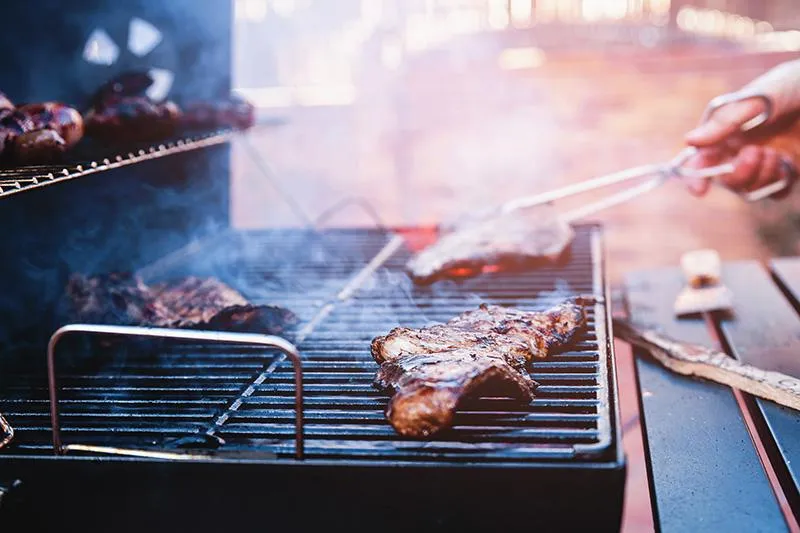As summer arrives, the allure of firing up the backyard grill beckons many of us to indulge in the timeless pleasure of a perfectly grilled steak. While environmental concerns may steer some away from beef, the occasional steak remains an irresistible temptation. But fear not, for science offers insights into the art of grilling that can elevate your steak experience to new heights.
Let's begin with the choice of meat. Seasoned cooks understand that cuts from the lightly used muscles of the loin, boasting abundant marbling, offer tender and flavorful results. Marbling, the delicate veins of fat within the meat, not only enhances tenderness and juiciness but also contributes to richer flavor profiles. According to Sulaiman Matarneh, a meat scientist at Utah State University, higher marbling content correlates with superior tenderness, juiciness, and flavor.
Delving deeper into flavor nuances, the fatty acid composition of the meat plays a pivotal role. Premium cuts such as ribeye, rich in oleic acid, deliver unparalleled taste experiences. Oleic acid, renowned for its savory richness, stands out as a key contributor to a steak's palatability. Conversely, leaner cuts like sirloin may lack the richness of oleic acid and may exhibit less desirable flavor notes during cooking.
The choice between grain-fed and grass-fed beef further underscores the impact of fatty acid composition on flavor. Grain-fed cattle, finished on a diet rich in corn and soybeans, yield meat higher in oleic acid, while grass-fed counterparts boast a higher proportion of omega-3 fatty acids, resulting in distinctive gamy flavors. Consumer preferences may sway towards grass-fed options, whether motivated by ethical concerns or a penchant for leaner, gamier meat.
However, the ultimate arbiter of steak flavor lies in the grilling process itself. Grilling not only tenderizes meat but also imbues it with a symphony of complex flavors. The application of heat initiates chemical reactions that generate aromatic compounds responsible for the steak's signature aroma. The Maillard reaction, a cornerstone of flavor development, produces a medley of roasty, nutty notes coveted by steak enthusiasts.
Achieving the perfect balance of flavor requires mastery of grilling variables: temperature, time, and steak thickness. Thin steaks demand a scorching grill to facilitate rapid browning and flavor development. Chris Kerth, a meat scientist at Texas A&M University, recommends adjusting grill temperature and cooking time based on steak thickness to optimize flavor and texture. Flipping the steak earlier in the cooking process promotes even browning and enhances flavor complexity.
In essence, by understanding the interplay of meat selection and grilling techniques, one can unlock the secrets to a sublime steak experience. So fire up the grill, embrace the science, and savor the delights of a perfectly grilled steak this summer.

